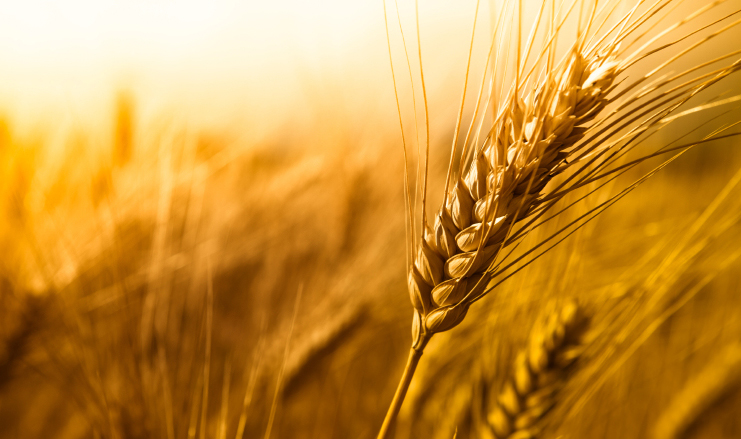Stamp: Red Locust (Nomadacris septemfasciata) (Cabo Verde 1988)
Red Locust (Nomadacris septemfasciata) (Cabo Verde 1988)
09 May (Cabo Verde ) within release Integrated Crop Protection goes into circulation Stamp Red Locust (Nomadacris septemfasciata) face value 16 Cape Verdean escudo
| Stamp Red Locust (Nomadacris septemfasciata) in catalogues | |
|---|---|
| Stamp Number: | Sn:CV 522 |
Stamp is square format.
Integrated Crop ProtectionAlso in the issue Integrated Crop Protection:
- Stamp - Insect (Pyrops bicolor) face value 0.50;
- Stamp - African Armyworm (Spodoptera exempta) face value 2;
- Stamp - Insects (Chelonus maculatus), (Sericopimpla sericata) face value 9;
- Stamp - Cardinal Ladybird (Rodolia cardinalis) face value 13;
- Stamp - Red Locust (Nomadacris septemfasciata) face value 16;
- Stamp - Millipede (Class: Diplopoda) face value 19;
- Stamp - Integrated Crop Protection face value 50;
- Souvenir Sheet - Integrated Crop Protection face value 50;
Stamp Red Locust (Nomadacris septemfasciata) it reflects the thematic directions:
A crop is a plant that can be grown and harvested extensively for profit or subsistence. In other words, crop is a plant or plant product that is grown for a specific purpose such as food, fibre or fuel.
When plants of the same species are cultivated in rows or other systematic arrangements, it is called crop field or crop cultivation.
Insects (from Latin insectum, a calque of Greek ἔντομον [éntomon], "cut into sections") are a class (Insecta) of hexapod invertebrates within the arthropod phylum that have a chitinous exoskeleton, a three-part body (head, thorax and abdomen), three pairs of jointed legs, compound eyes and one pair of antennae. They are the most diverse group of animals on the planet, including more than a million described species and representing more than half of all known living organisms. The number of extant species is estimated at between six and ten million, and potentially represent over 90% of the differing animal life forms on Earth. Insects may be found in nearly all environments, although only a small number of species reside in the oceans, a habitat dominated by another arthropod group, crustaceans. The life cycles of insects vary but most hatch from eggs. Insect growth is constrained by the inelastic exoskeleton and development involves a series of molts. The immature stages can differ from the adults in structure, habit and habitat, and can include a passive pupal stage in those groups that undergo 4-stage metamorphosis (see holometabolism). Insects that undergo 3-stage metamorphosis lack a pupal stage and adults develop through a series of nymphal stages. The higher level relationship of the Hexapoda is unclear. Fossilized insects of enormous size have been found from the Paleozoic Era, including giant dragonflies with wingspans of 55 to 70 cm (22–28 in). The most diverse insect groups appear to have coevolved with flowerin plants.
Agriculture is the cultivation and breeding of animals, plants and fungi for food, fiber, biofuel, medicinal plants and other products used to sustain and enhance human life.[1] Agriculture was the key development in the rise of sedentary human civilization, whereby farming of domesticated species created food surpluses that nurtured the development of civilization. The study of agriculture is known as agricultural science. The history of agriculture dates back thousands of years, and its development has been driven and defined by greatly different climates, cultures, and technologies. Industrial agriculture based on large-scale monoculture farming has become the dominant agricultural methodology.
Animals are multicellular, eukaryotic organisms of the kingdom Animalia (also called Metazoa). All animals are motile, meaning they can move spontaneously and independently, at some point in their lives. Their body plan eventually becomes fixed as they develop, although some undergo a process of metamorphosis later on in their lives. All animals are heterotrophs: they must ingest other organisms or their products for sustenance.
Flora is the plant life occurring in a particular region or time, generally the naturally occurring or indigenous—native plant life. The corresponding term for animal life is fauna. Flora, fauna and other forms of life such as fungi are collectively referred to as biota. Sometimes bacteria and fungi are also referred to as flora, as in the terms gut flora or skin flora.





